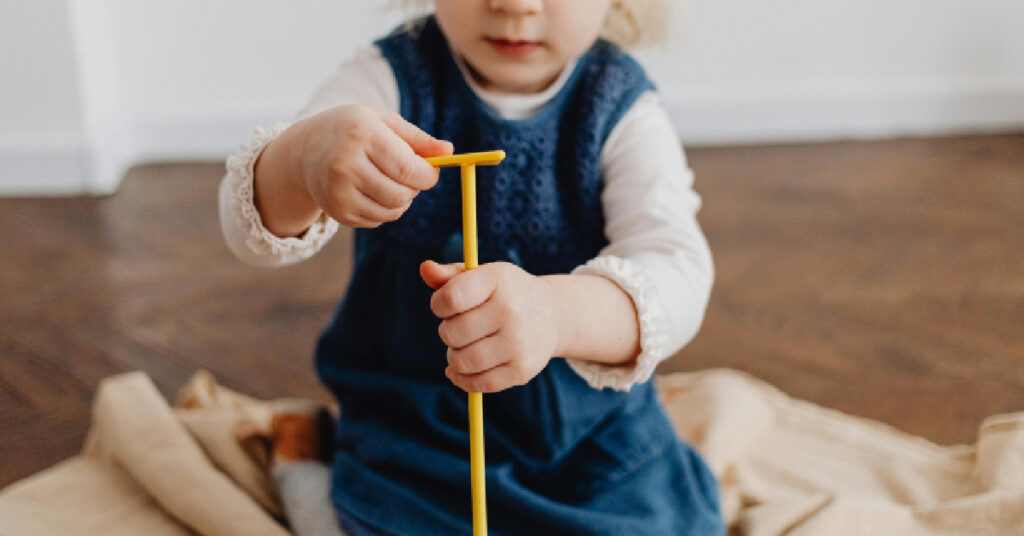
15 Best Toys for Building Independence — That Aren’t Boring or Overhyped
From magnetic tiles to dolls and pretend kitchens, these 15 toddler toys are actually worth the shelf space — and designed to encourage solo play

Let’s be honest: 80% of the toys in your house probably don’t get played with — and the other 20% end up under the couch or in your handbag.
That was me. Overflowing toy boxes, random stuffed animals with mystery stains, and enough plastic noise machines to start a toddler rave. I’d declutter, rotate, reorganise… and still feel like I was drowning in stuff.
So I ditched it all (well, most of it) and leaned into something that actually made sense: minimalist toys toddlers actually use.
Not fancy, not complicated. Just open-ended, flexible toys that spark imagination and grow with your kid. Fewer pieces. Less noise. More play.
This blog is your no-pressure, real-parent guide to simplifying your play space with toys that actually work — for your child and your sanity. I’ll walk you through exactly what minimalist toys are, why they matter, and the essential categories every toddler shelf needs.
Spoiler: you don’t need to buy a whole new toy rotation system or get rid of everything. But you might just breathe a little easier when you know what belongs — and what doesn’t.
Lorem ipsum dolor sit amet, consectetur adipiscing elit. Ut elit tellus, luctus nec ullamcorper mattis, pulvinar dapibus leo.

Minimalist toys aren’t just wooden blocks and neutral tones for the aesthetic — they’re a total game-changer for how toddlers play, focus, and learn.
So what are we talking about exactly?
Minimalist toys toddlers thrive with are:
Simple in design
Open-ended (can be used in more than one way)
Free of flashing lights, batteries, or scripted outcomes
Built to grow with your child, not outgrow them in a week
Think fewer buttons, more imagination. Less “press this and wait,” more “what happens if I stack this, roll that, or pretend this is soup?”
Why do minimalist toys toddlers love work better?
Because they give your child freedom. Freedom to explore, create, and lead their own play without a toy doing all the thinking for them. And let’s be honest — it makes clean-up a whole lot easier, too.
In a world full of noise and overstimulation, these toys offer toddlers something they actually need: space to think, time to explore, and permission to play without pressure.
Read More: Open Ended Play Made Easy: How to Raise Creative, Confident Kids

Switching to minimalist toys toddlers actually use isn’t just about having a tidier house (although that’s definitely a perk). It’s about creating a play space that encourages independence, confidence, and calm.
Here’s what I noticed when we ditched the clutter and focused on fewer, better toys:
When toys can be played with a million different ways, kids don’t get bored so easily. A wooden block can be a tower, a birthday cake, a phone, or a spaceship — all in five minutes.
Because minimalist toys are open-ended, toddlers stay engaged longer. No lights to “watch.” No buttons to press and move on. Just deep, imaginative, focused play.
Too many choices = overstimulation. Minimalist toys reduce decision fatigue and help your toddler focus — which means fewer meltdowns mid-morning.
With fewer toys that do more, you can actually see what you own — and rotating becomes less of a job and more of a joy.
A great minimalist toy works just as well at age 1 as it does at 4. That’s not just budget-friendly — it’s brilliant.
Minimalist toys toddlers love aren’t “less fun.” They’re more flexible. More durable. More valuable — for your child’s development and your sanity.
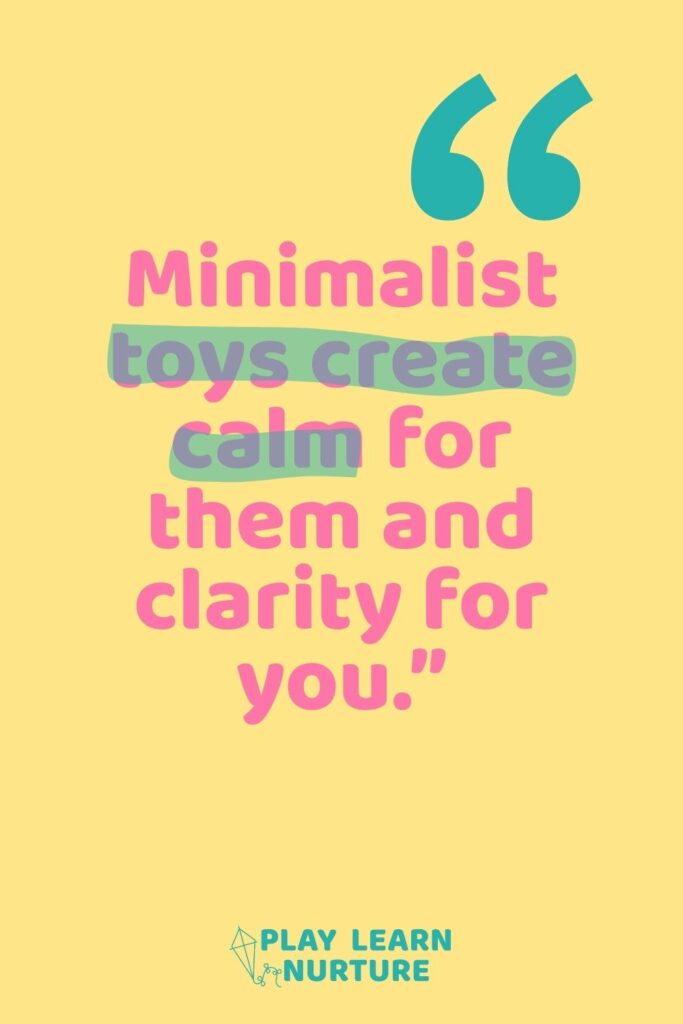
Let’s break it down. These are the minimalist toys toddlers actually return to again and again. No gimmicks. Just solid, open-ended play potential that adapts as they grow.
These are the MVPs of minimalist play — they support creativity, logic, fine motor skills, and even teamwork if you’ve got more than one wild child running around.
Top picks:
Wooden blocks (classic, stackable, knock-down-able)
Magnetic tiles (build a house, a robot, or a race track)
Nesting cups or stacking rings (doubles as bath or sensory toys)
Why it works: One “set” = a million different outcomes.
Read More: Best Open Ended Toys For Toddlers by Age (1–5 Years)
These spark imagination like nothing else. Keep the accessories minimal — the stories will be anything but.
Great options:
Wooden or plastic animal figurines
Small people or doll sets
Fabric scraps or play silks for dress-ups, capes, tents
Cardboard boxes = houses, cars, cafés
Why it works: Characters fuel pretend play without needing 50-piece sets.
Here’s where the magic (and the budget-friendliness) really shines. These are the minimalist toys toddlers love that don’t even look like toys — yet they get played with the most.
Grab these:
Bottle caps, pegs, scoops, rings
Scarves, jars, lids
Wooden coins or tokens
Egg cartons, paper rolls, and fabric scraps
Read more: Loose Parts Play Ideas: 25+ Simple Tray Setups That Spark Creativity
Minimal doesn’t mean still. Toddlers need to move, jump, climb, and spin — and these toys let them do just that without cluttering the house.
Go-tos:
Stackable cushions or foam blocks
Large play silks for dancing, running, fort-building
Why it works: Simple setups encourage full-body play indoors or out.
Creativity isn’t all about crafts that end in glitter explosions. These tools keep things low-prep and high-impact.
Must-haves:
Crayons or washable markers
Chalk or paint sticks
Reusable sticker books
Paper scraps, safety scissors, glue stick
Why it works: One tray of supplies can support hours of focused, creative fun.
You don’t need a dedicated “sensory bin” corner — just a few small items and a tray.
Simple ideas:
Playdough and a few open-ended tools
Kinetic sand + muffin tray + scoops
Water with cups and ladles
Pom poms and tongs in an ice cube tray
Why it works: Sensory play grounds toddlers in the moment (and buys you time).
You don’t have to go full Marie Kondo and bin every blinking toy overnight. Building a shelf with minimalist toys toddlers actually use is all about intention, not perfection.
Here’s how to start — no meltdown required (from you or your toddler):
Take note over a few days: what are the toys they return to again and again? Which ones get used creatively — not just pressed once and forgotten?
Spoiler: it’s usually the simplest stuff.
Find a small, open space where you can place 6–8 toys max — all within your toddler’s reach. Use shallow baskets, trays, or low shelves. This is their go-to zone.
Focus on:
One building toy
One pretend play set
One sensory element
A few loose parts
One gross motor or movement prop
Keep it uncluttered so every toy is seen and accessible.
You don’t need a whole new toy collection — just keep a few “resting” toys in a storage tub and swap them out weekly. This keeps things fresh and exciting without buying anything new.
Hot tip: involve your child in the rotation. Let them “shop” your backup stash and build independence at the same time.
Minimalist doesn’t mean boring — it means intentional. The more thoughtfully you choose the toys on display, the more deeply your toddler will play.
Read more: Less Chaos, More Calm — Why a Yes Space for Toddlers Just Works
If you’ve ever felt overwhelmed by the toy clutter, the chaos, the piles of plastic — you’re not alone. But the solution isn’t another storage bin or a perfectly labelled rotation system.
It’s less.
Less stuff, more space. Fewer toys, more imagination.
Minimalist toys toddlers actually use are the ones that don’t try to entertain — they invite exploration.
These toys grow with your child, adapt to their moods, and give them permission to lead their own play. They don’t beep, flash, or tell them what to do. And they don’t leave you drowning in clean-up.
You don’t have to be perfect. You don’t have to ditch everything overnight. Just start small. Choose toys with purpose. Watch what your child truly plays with — and let that guide you.
Because when we give our toddlers less, we’re actually giving them more:
More freedom. More creativity. More confidence.
And maybe — just maybe — a little more peace for you, too.


From magnetic tiles to dolls and pretend kitchens, these 15 toddler toys are actually worth the shelf space — and designed to encourage solo play
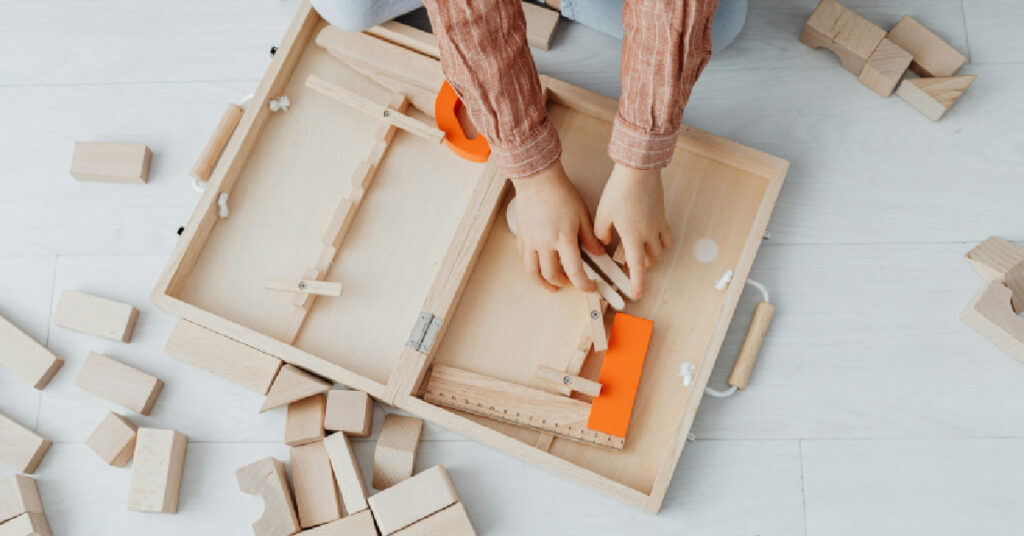
Delve into the world of loose parts play with our selection of toys that inspire exploration and innovation. Perfect for enhancing your toddler’s sensory and
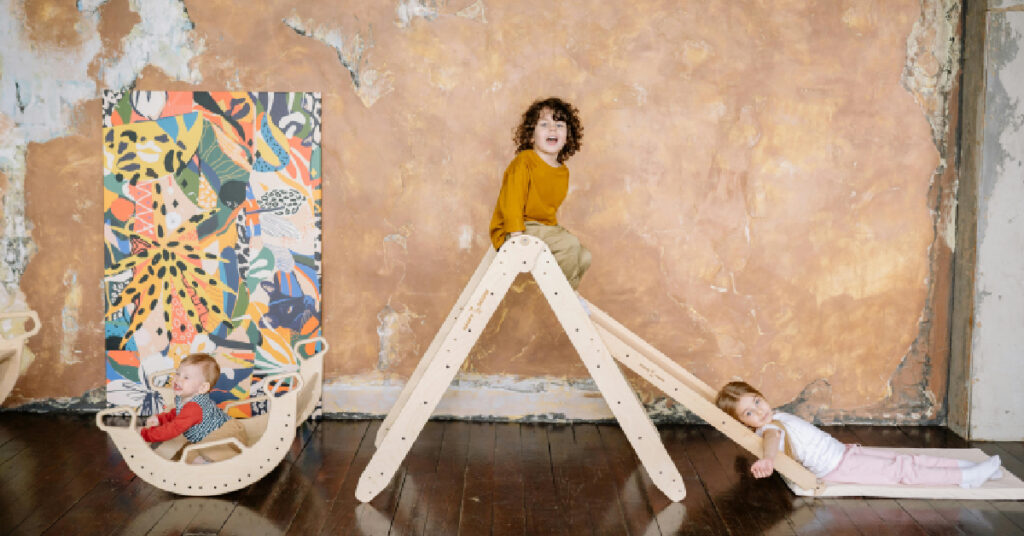
Simple, real-life play space ideas for toddlers that spark imagination, support independence, and give you a moment to breathe — no Pinterest-perfect setup required.
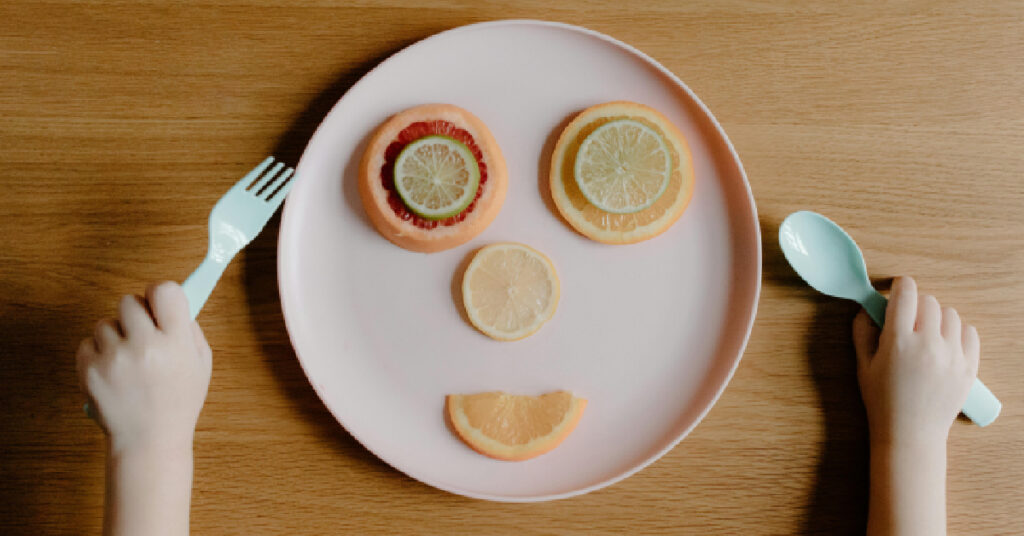
When the milk spills, the toddler tantrums, and your patience snaps before 9AM — you’re not failing. This is one mum’s story of surviving the
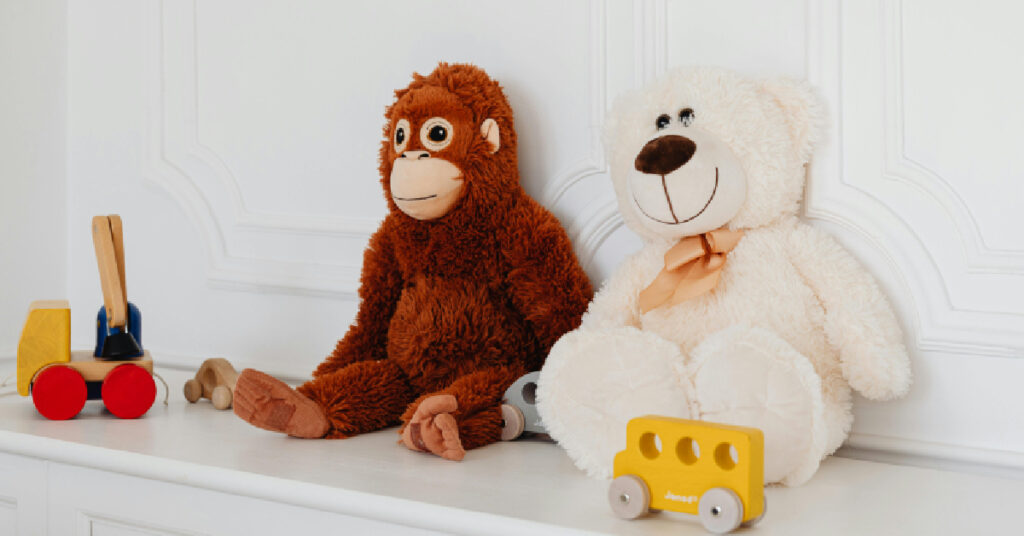
Discover how a simple toddler play schedule can create calmer days, boost independent play, and give you back precious breathing space — no strict routines

One chaotic morning, I realised the tension in the house wasn’t just coming from my toddler — it was coming from me. This is the